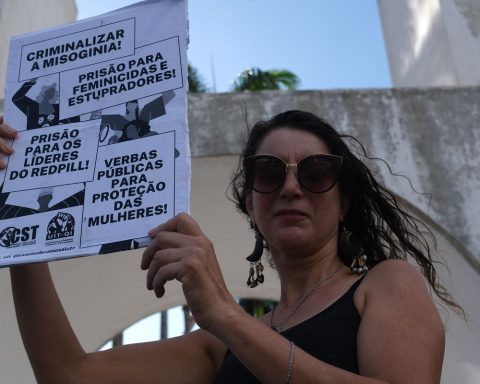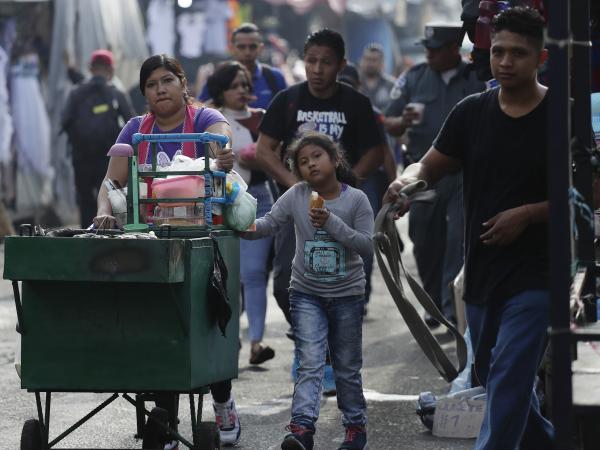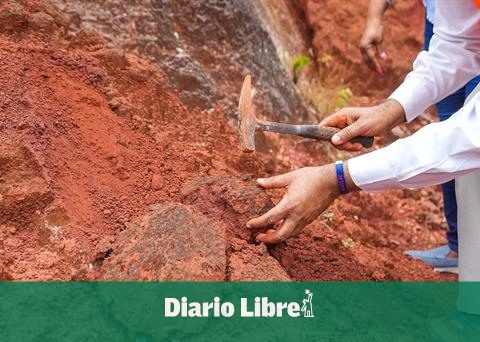Brazil registered a decrease of 11 points in the Economic Climate Indicator (ICE) and reached 73.5 points in the first quarter of 2023. In its composition, the Current Situation Indicator (ISA) had a decrease of 21.7 points reaching 70.6 points, while the Expectations Indicator (EI) fell by 0.4 points to 76.5 points. This is what the Latin American Economic Survey points out, which calculates the indicators and was released this Wednesday (8) by the Brazilian Institute of Economics of the Getulio Vargas Foundation (Ibre/FGV).
With this performance, Brazil is in the group of countries surveyed that registered a decline in the three indicators in the 1st quarter of 2023. “The scenario for Brazil described by the survey is one of stability in expectations and a sharp deterioration (above 20 points) in the assessment of the current situation”, informed the institute by the site from FGV.
According to the survey, the drop seen in Brazil also occurs in Colombia, Uruguay and Bolivia. Still, there are differences between them. In Brazil and Bolivia, the three indicators are in the unfavorable zone, but Uruguay and Colombia, despite having a reduction in the ICE and IE, present a favorable assessment of the current situation.
Paraguay pulls the improvement of the economic climate of the region. Between the 4th quarter of 2022 and the 1st quarter of 2023, it grew 47.6 points in the ICE, as a result of an increase of 83.3 points in the ISA and 3.6 points in the IE. “In 2022, the country suffered a severe drought and lost exports to Russia as a result of the war in Ukraine, which helps explain the improvement in indicators,” he noted.
The second highlight went to Peru, which, according to the survey, has shown a degree of positive resilience in political terms, even with the turmoil arising from the impeachment by President Pedro Castillo. Mexico, Ecuador, Argentina and Chile also saw improvements in the economic climate. “It is observed that, with the exception of Chile, which maintained the level of the EI of the 4th quarter of 2022, all countries that registered an increase in the ICE, also did so in relation to the ISA and the EI”, he pointed out.
Progress in Latin America
The Economic Survey showed that the ICE in Latin America advanced 6.9 points between the 4th quarter of 2022 and the 1st quarter of 2023, with emphasis on six of the ten main countries surveyed. According to Ibre, despite remaining low in historical terms, the indicator recorded the highest level since the 4th quarter of 2021, reaching 73.4 points.
The research indicated that since the 3rd quarter of 2013, the ICE remained in the unfavorable zone of the economic cycle, with the exception of the 4th quarter of 2017, the 1st quarter of 2018 and the 3rd quarter of 2021. “It is observed, however, that in all these quarters the indicator did not deviate much from the neutral level of 100 points”, completed the survey.
In the 1st quarter of 2023, there was an increase in the two indicators that make up the ECI. While the Current Situation Indicator (ISA) increased by 9.8 points, the Expectations Indicator (IE) increased by 4.0 points. With the results, the two remain in the unfavorable zone, with ISA with 76.8 points, and IE with 70.1 points.
“As in the 4th quarter of 2022, the ISA result surpassed that of the IE, but the difference widened to 6.7 points, the highest since the 2nd quarter of 2012, when it registered 15 points. But, contrary to what is observed today, at that time both indicators were in the favorable zone of the cycle (at 116.4 and 101.4 points, respectively)”, he informed.
Comparing the quarter with the same period in 2020, 2021 and 2022, the ISA for Latin America in 2023 is above the level recorded in the three years. In a different movement, the EI, which remained in a favorable zone in 2020 and 2021, is now well below these two years, and 18 points below 2022. to 2022”, he concluded.
“What is noteworthy in this comparison is the deterioration in expectations compared to the first quarters of previous years and the improvement in the Current Situation Indicator. Even in acute periods of the pandemic, the expectation was favorable, as in early 2021, the IE registered 143.6 points”, he pointed out, adding that the result in the improvement in the current situation, “reflects the resumption of economic growth in the region in relation to to the recessive period of the pandemic”.
GDP
For the growth of the Gross Domestic Product (GDP, sum of goods and services produced in the country) in 2023, there were changes in the specialists’ forecasts, the level was revised upwards in Paraguay, Mexico and Argentina. The highest growth rate in the region was registered in Paraguay, where the GDP projection increased from 3.9% to 4.6%. In Mexico, GDP growth increased from 1.4% to 1.7% and in Argentina, from 1.1% to 1.2%.
“In all other countries, the new forecast reduced the growth rate, with the biggest difference for Chile, which went from an expected drop of 0.7% to 1.8%. Next is Colombia, with a revision of 1.6% to 1%. The percentage differences for the rest of the countries were only 0.1 percentage points (Bolivia), 0.2 points (Peru, Uruguay, Ecuador) and 0.3 points (Brazil). In Brazil, the projection increased from 1.4% to 1.1%”, he said.
“The projections show a less than favorable performance, with the highest incidence of growth rates below 3%, which is worrying for a developing region with limitations in physical infrastructure and social development indicators”.
survey
The Economic Survey of Latin America, which monitors and anticipates economic trends in the region, is carried out quarterly over the months of January, April, July and October, based on information from economic specialists and simultaneously with the same methodology in all countries in the region. The survey covers 19 countries: Argentina, Bolivia, Chile, Colombia, Costa Rica, Cuba, Ecuador, El Salvador, Guatemala, Haiti, Honduras, Mexico, Nicaragua, Panama, Paraguay, Peru, Dominican Republic, Uruguay and Venezuela.


















